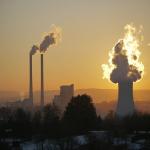
As of 20 January 2018, organisations emitting polluting substances in the ambient air must ensure that their emissions do not cause the concentrations of such substances to exceed the set concentration limits in the adjoining urban and countryside residential areas.
The maximum allowable concentrations have been set for around 700 polluting substances, such as NOx, SOx, ammonia, acetaldehyde, barium, benz(a)pyrene, benzene, etc.
The adopted norms also provide a list of substance any emissions of which into the ambient air are prohibited. The List of substances the emission of which into the ambient air is forbidden includes 48 substances, such as apilac, 4-Hydroxycoumarin, Vincristine (sulfate), 4-(4-Methyl-piperazin-1-ylmethyl)-N-[4-methyl-3-(4-pyridin-3-yl-pyrimidin-2-ylamino)-phenyl]-benzamide (CAS 152459-95-5), N-Nitro-N-methylurea (CAS 684-93-5), etc.
Law: Decree No. 165 of 22 December 2017 on the Adoption of Hygienic Norms GH 2.1.6.3492-17 “Maximum Allowable Concentrations of Polluting Substances in Urban and Countryside Residential Areas”





